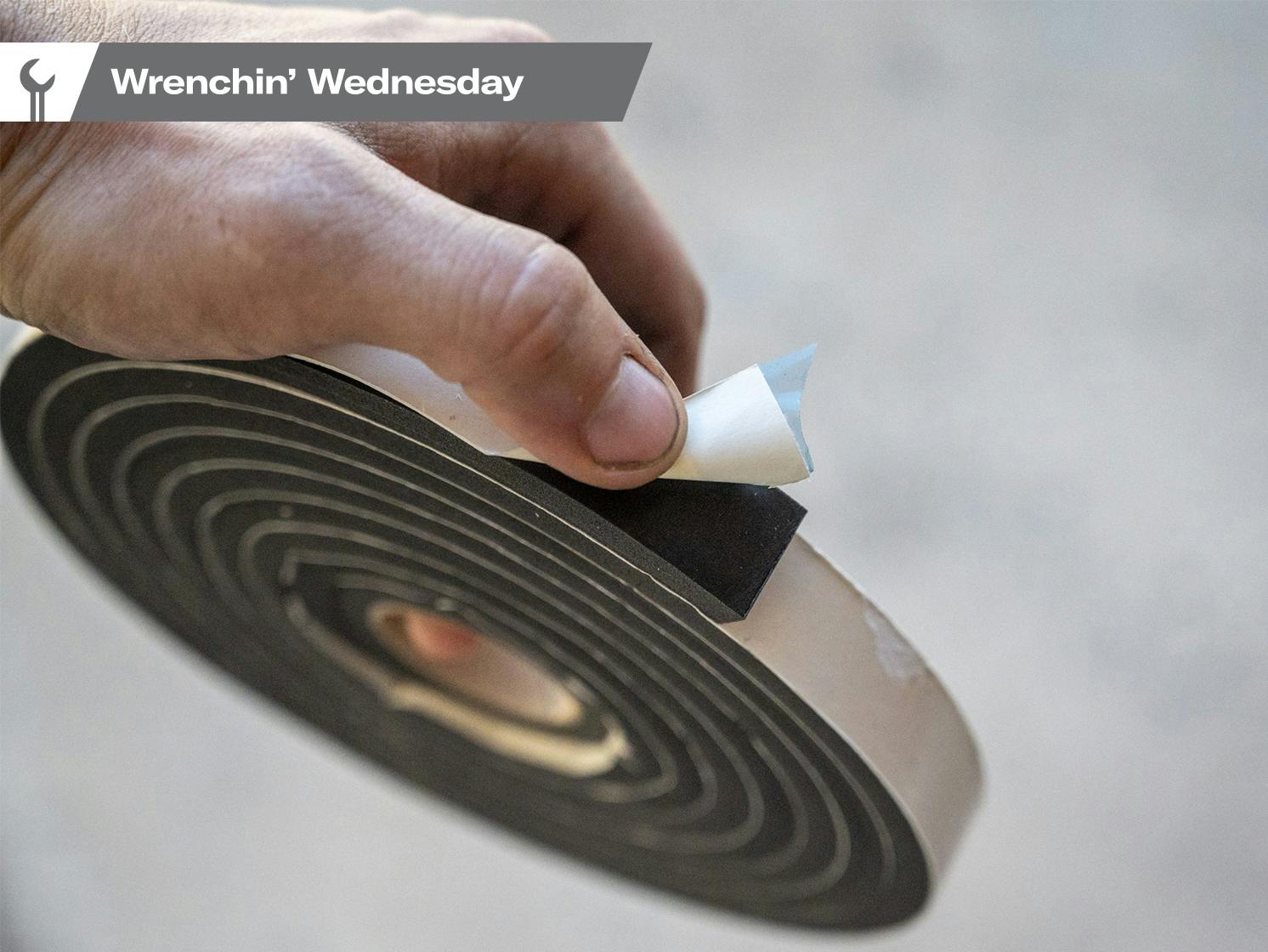Wrenchin’ Wednesday: Sealing your cooling system in new ways

Cooling is a tricky challenge for many projects. Cars and trucks can find creative ways to expel hot coolant into the atmosphere whether you’re idling in traffic or blasting down the freeway on a frigid day. Heat transfer—the process of moving it between different mediums—can be complicated. A hot engine needs to release that heat into the surrounding air, usually with a cooling fluid in between. However, there are several gaps in the chain where cooling efficiency can be lost. Big radiators, giant fans, and high-flow water pumps are the usual suspects called upon to remedy a mediocre cooling system, but those solutions are sometimes just not enough. It’s their implementation in the vehicle that matters most. At the end of the day, you can have everything mechanically correct, but if you’re simply not getting the right volume of airflow through the radiator, all that heat being directed into the radiator has no place to go, which raises coolant temps. Ducting air into the radiator can be a huge fix for a myriad of cooling issues, especially those that arise at speed. Classic cars rarely did much to direct air from the grille directly into the radiator. Oftentimes the dead space between the grille and core support can cause air to stall or spill back outside the vehicle. While we can get into metal ducting down the road, one of the details people miss is how well the radiator is sealed to the core support itself so that any air that enters its opening in the support is directed into the core of the radiator. This is a $5 solution to a potentially catastrophic problem too!

Hardware store window seals are the budget-minded fix for sealing all sorts of gaps around the radiator. The goal is to create an isolated chamber so that air enters the core, passes through the fan shroud, and is then finally extracted. You can buy a similar product at a parts store, but the costs per foot are much higher.

The adhesive-backed foam strips can be found in different dimensions and lengths, and it’s worth getting the high- or medium-density foams for durability. If the gap can’t be sealed by the sizes you can buy, these foam strips are also stackable and hold together quite well.


For today, a basic strip along the end tank of my generic aluminum radiator cleared up a quarter-inch gap. This has never caused an issue, but depending on what parts-swapping tomfoolery exists in your project, it can be a significant gap. It doesn’t seem like much, but once these gaps are sealed, idle and high-speed cooling can significantly improve as you’ve maximized the volume of air which can be directed through the radiator, and ultimately too, the amount of heat that volume of air can absorb and pull from the coolant.

